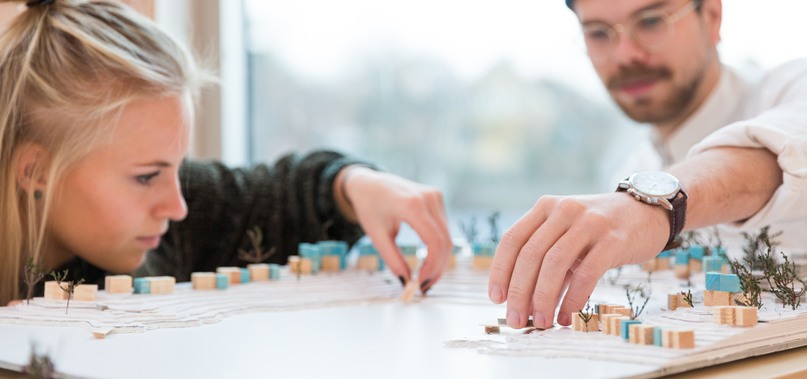On the hunt for the city’s healing power

More and more of the world’s population live in cities. Cities that may have been sustainable when they were created may be far from that with current lifestyles.
The future and the significant transition that is needed places demands on the districts and cities we create today, but also on reducing the negative impact of existing urban environments. “We need to plan, build and rebuild creatively for future needs. Densification is often desirable, but it also needs to promote a positive lifestyle. For example, in increasingly densified cities, how can green spaces be increased in innovative ways? Increasing the healing power of the city and potentially reaching a point at which the city contributes positively to the earth’s healing is my mission”, says Giles Thomson, researcher in strategic sustainable development.
In practice, sustainable development requires a profound and comprehensive collaboration between research fields and societal functions. It is not easy and goes against much of the existing planning process. Abdellah Abarkan, professor of spatial planning, highlights the need for clearer tools and more good examples of practical applications to change the planning process.
Peter Schlyter, also a professor of spatial planning, adds that the sustainability of a city cannot be separated from the surrounding rural area; instead, these links need to be reinforced.
“The mutual dependency between urban and rural areas is a positive challenge to develop and at BTH there is a diversity of expertise to handle the complexities.”
All sustainable transitions end up in spatial planning at some stage and it is at BTH that Sweden’s spatial planners are educated.
23 June 2020